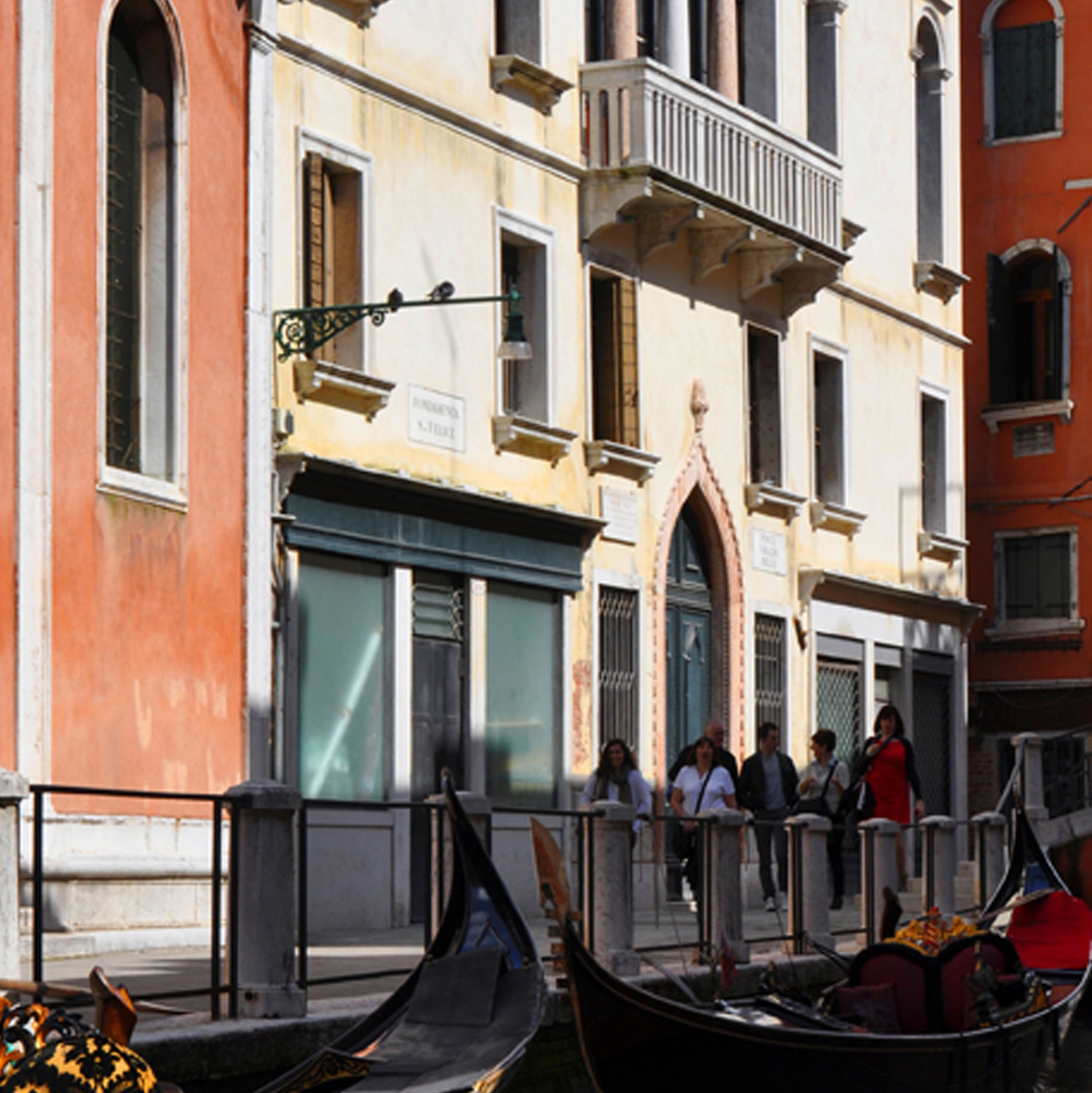Venice Biennale Part 1: Exhibition Concept
Karen Curtiss
We are thrilled to be exhibiting at the 2018 Venice Biennale. The exhibit runs from May 26 through November 25, 2018 at Palazzo Mora in Venice Italy. (Strada Nuova #3659 30121 Venezia, Italy) If your travel plans take you there – our exhibit will be on the third floor. Take a picture and tag us on Instagram @reddotstudio
A special word of thanks to our sponsors whose contribution made this undertaking possible:
MT Development Company for exhibit fabrication and generally keeping our sanity.
Jeff King and Company for hotel accommodations in Venice
Dennis Paustenbach for air travel for the Red Dot Studio Team
Paige Glass for fabrication advice and also our sanity
BKG Structural Engineers for structural advice
Jenson Family for contributing shipping of the exhibit.
Our specific area of study for the exhibit is Ocean Health and the full abstract is below. This opportunity has allowed us to pose the question – how do we as architects move from being consumers of natural resources to producers? This answer will have lasting effects on our practice long after the Biennale ends.
Permanent Remnants: Impermanent History
The ocean is a connector of time present and time stopped. Remnants washed away and lapping against our shores from the lost City of Atlantis to debris from Hurricane Irma. Humans cast their shadow on the ocean.
Approximately 41% of the vastness of the ocean has been heavily affected by humans1. On a massive scale, earth ecosystems and human ecosystems are now inextricably linked leading to the proposed designation of the Anthropocene Age; “anthropo” for man and “cene” for new. Ocean health and human health are no longer separate studies. 2
While it is easy to lament what has been lost and yearn for a simpler time or a singular response to solve all, it is the very complexity of our built environment and natural ecosystems that may hold the key to our future. A paradigm shift is afoot. Human scientific and strategic thought, working in concert with nature, can lead to enormous good. Resilience can give way to abundance.
The ocean is a communal resource providing food, transportation, recreation, mythology and influencing weather. The ocean is both global and local. Aristotle posited, “What is common to the greatest number gets the least amount of care.” Worldwide the tragedy of the commons has played out from overfishing to the Great Pacific garbage patch. Yet Ostrom’s law has proven another optimistic and more complex pattern of human behavior; communities work together with a bottom up approach to protect common pool resources. 3 Multi-faceted socio-ecological systems emerge locally that reflect the complexity of the commons preserved.
Our study is of the Northern California Coast of the USA, a region local to our architecture practice. Our socio-ecological system is not perfect, but it is one that offers hope. Northern California has experienced population growth over the last five-years while our Ocean Impact Score has remained relatively constant. Through the exploration of art, marine biology, material ecology, permaculture and carbon farming, land use development, socio-economics, politics, and philosophy, our reflecting pool illuminates a future where the cacophony of interactions can create an ocean of abundance for all time.
1 Halpern B.S. et al. Spatial and temporal changes in cumulative human impacts on the world’s ocean.
2 Halpern, Benjamin Ocean Health Index Conceptual Guide: Philosophy Highlights
3 Ostrom, Elinor Governing the Commons: The Evolution of Institutions for Collective Action



